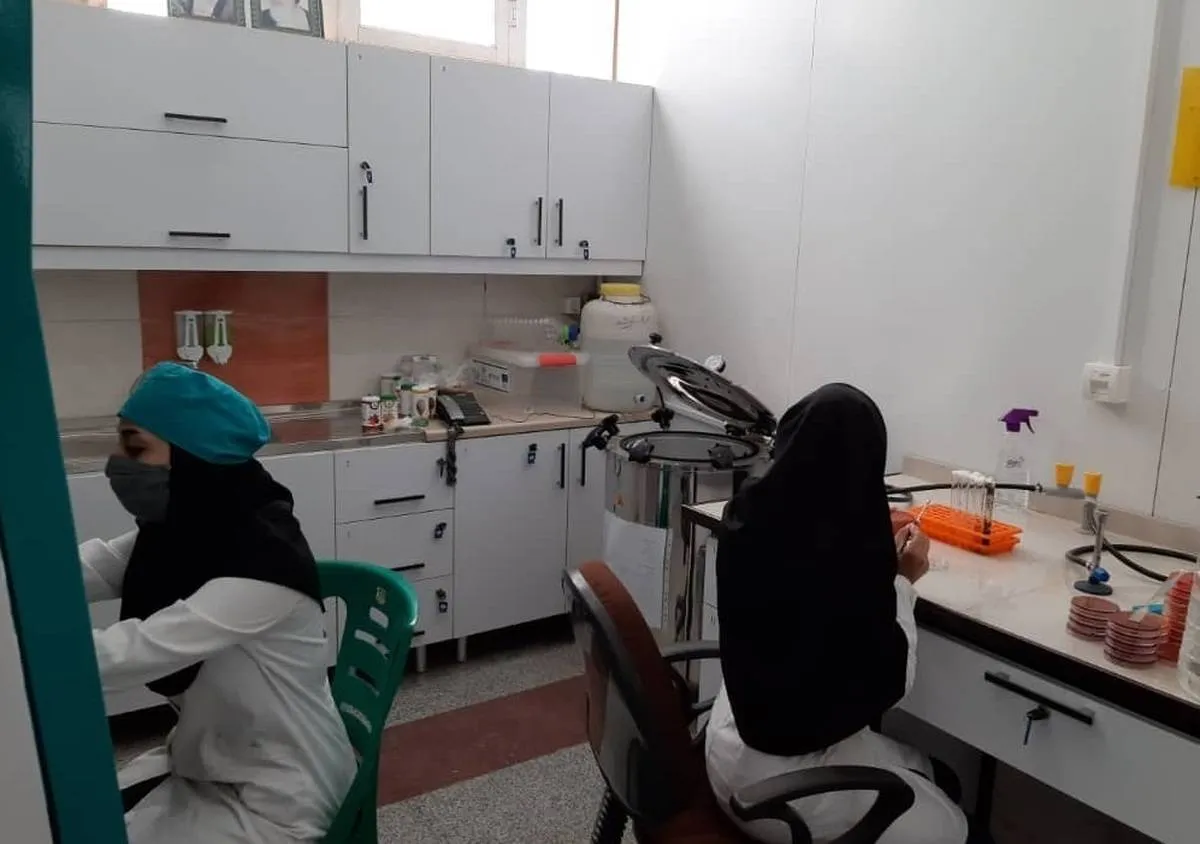Iranian Inventor Makes Plastic Scintillators with Medical, Industrial, Research Applications

Laleh Younesi, a PhD student in nuclear engineering, majoring in radiation medicine, completed her thesis entitled ‘investigation of the effect of fluorescence compounds in the formulation on the scintillation behavior of plastic and the effect of aging on it’.
“Considering the importance of plastic scintillators as radiation detectors and the polymer base of these detectors, I started research on them. Scintillators are used as the most important radiation detectors in a wide range of different medical, industrial and research applications,” she told ANA.
“Organic plastic scintillators are widely used in industry and medicine due to their relatively lower manufacturing cost, appropriate strength, ability to withstand environmental conditions, fast decay time, proximity of their effective atomic number to body tissue, and easy shaping,” Younesi said.
Plastic scintillators are sensitive to X-rays, gamma rays, fast neutrons and charged particles.
The scintillation emission of a typical plastic scintillator has a maximum of around 425 nm. Plastic scintillators are characterized by a relatively large light output — typically 25-30% of NaI(Tl) — and a short decay time of around 2 ns. This makes the material suited for fast timing measurements.
The exact emission wavelength and decay time depend on the type of organic activator and on the host material. A large number of different plastic scintillators are available, each for a specific application. General characteristics of plastic scintillators are presented in the physical constants table below.
Plastic scintillators are produced in a wide variety of shapes and sizes. Cast sheets are the most commonly used forms. You also can obtain precision thin sheets, rods, annuli, and large rectangular blocks.
Plastic sheets cast from the monomer ensure the highest light yield and best internal light transmission. All raw materials undergo extensive purification prior to polymerization and the finished sheets exhibit highly uniform scintillation and optical properties. Scintillators are machined to final dimensions using diamond tooling to provide optimum quality surfaces for total internal reflection.
4155/v





















